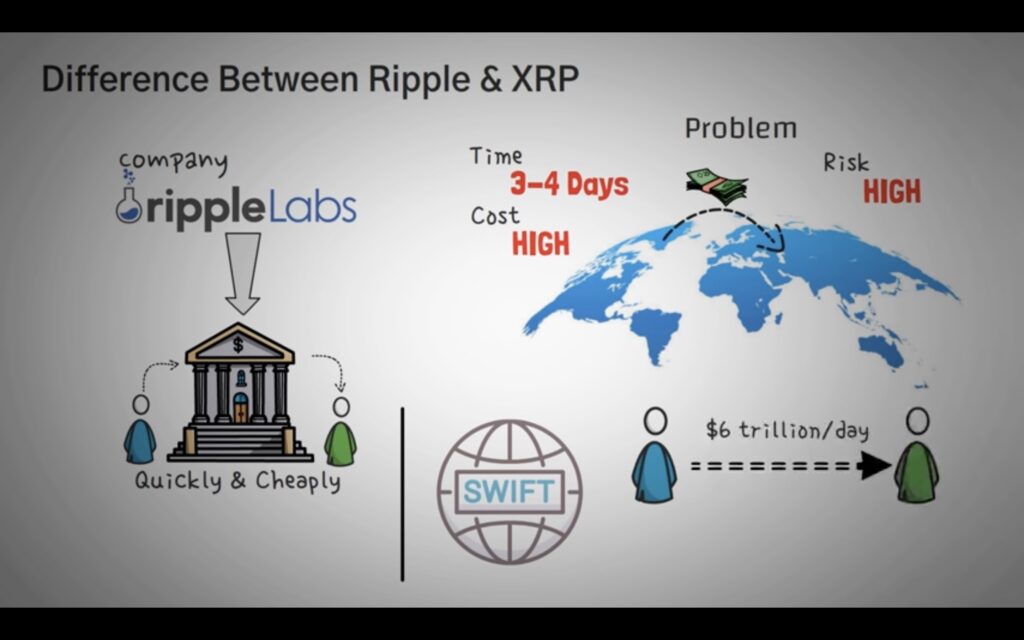In the world of cryptocurrencies, Bitcoin often takes center stage as the pioneer and the benchmark for all others that followed. Yet, standing in its shadow, there’s a digital currency that has earned its place as “silver” to Bitcoin’s “gold.” This cryptocurrency is Litecoin, and its journey from its creation to becoming a leading digital currency is nothing short of remarkable. In this article, we’ll delve into the fascinating history of Litecoin.

The Genesis: Charlie Lee’s Brainchild
Litecoin was created by Charlie Lee, a former Google engineer, and a visionary in the world of cryptocurrency. It was launched on October 7, 2011, as an open-source, peer-to-peer cryptocurrency that aimed to address some of the limitations of Bitcoin. Lee’s vision was to create a “lite” version of Bitcoin, hence the name “Litecoin.”
Litecoin’s Technical Distinctions
One of the primary reasons Litecoin quickly gained popularity was its technical differentiations from Bitcoin. While Bitcoin used the SHA-256 algorithm for mining, Litecoin implemented Scrypt, a memory-intensive algorithm. This choice made Litecoin more accessible for small-scale miners who couldn’t compete with the computational power required for Bitcoin mining.
The use of Scrypt also introduced faster block generation times. Litecoin’s block time is 2.5 minutes, compared to Bitcoin’s 10 minutes. This, combined with the total supply of 84 million Litecoins, four times that of Bitcoin, allowed for quicker transactions and a larger circulating supply.
The Early Days: Growth and Acceptance
In its early days, Litecoin wasn’t merely a clone of Bitcoin but rather an innovative and complementary cryptocurrency. It quickly gained acceptance among the crypto community, and exchanges began listing LTC. This broader exposure helped Litecoin build its user base and achieve wider recognition.
Notably, Litecoin’s “testbed” status helped introduce and fine-tune several key innovations that later found their way into Bitcoin. For example, Litecoin implemented Segregated Witness (SegWit) before Bitcoin, paving the way for improved transaction capacity and security.
Price Surges and Market Capitalization
Over the years, Litecoin experienced several price surges that elevated its market capitalization. The most significant of these was the 2017 crypto bull run when Litecoin reached an all-time high of over $375. Its market capitalization briefly surpassed $20 billion, cementing its place as one of the top cryptocurrencies.
Charlie Lee’s Influence and Community Building
Key to Litecoin’s success has been the continuous involvement of its creator, Charlie Lee. Lee’s leadership and commitment to the project have instilled trust in the Litecoin community. Despite occasional controversies and criticism, Lee’s dedication to the project remains unwavering.
Lee’s role extended beyond Litecoin’s development; he has been active on social media and in discussions about cryptocurrency. His ability to communicate Litecoin’s value proposition has been pivotal in gaining and retaining users.
Litecoin’s Evolution and the Path Forward
Litecoin has evolved considerably over the years. It introduced features like the Lightning Network, atomic swaps, and Confidential Transactions, enhancing its utility and privacy. These advancements have positioned Litecoin as a cryptocurrency with a bright future.
While Litecoin has seen its share of market volatility, it has remained a prominent name in the crypto space. Its reputation as “digital silver” endures, and it remains a part of many diversified cryptocurrency portfolios.
The Silver Lining in the Crypto Sky
Litecoin’s history is a testament to the resilience and adaptability of cryptocurrencies. From its creation as a ‘lite’ version of Bitcoin, it has grown into a leading digital currency in its own right. With its unique technical features and active community, Litecoin continues to shine in the ever-evolving world of cryptocurrency. Whether you view it as silver to Bitcoin’s gold or a noteworthy investment in its own regard, Litecoin’s journey is one of significance and innovation in the blockchain space.
